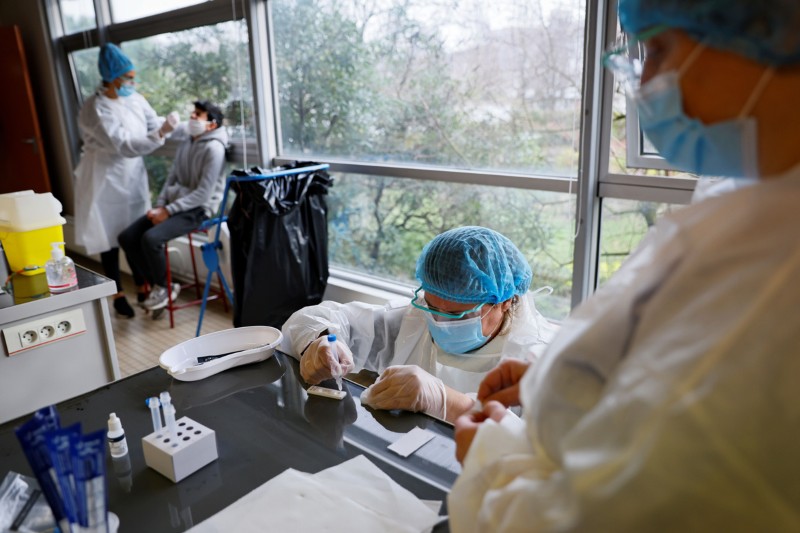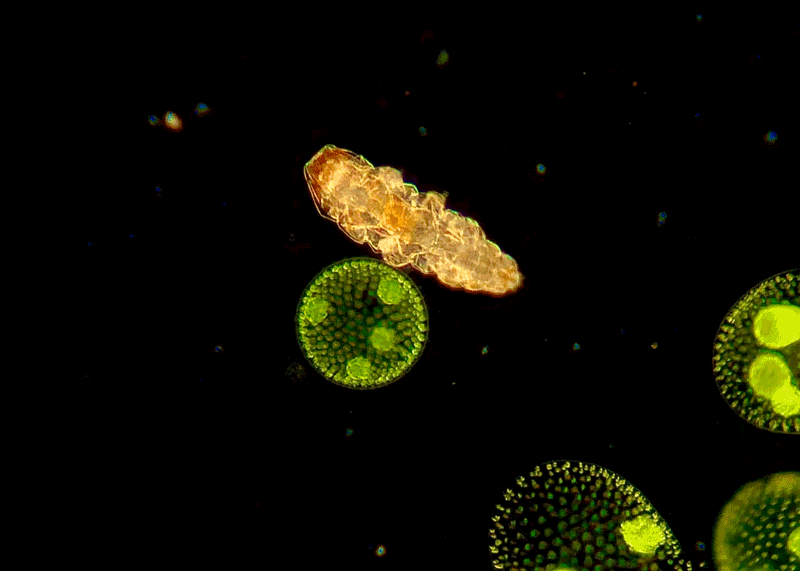Hello Nature readers, would you like to get this Briefing in your inbox free every day? Sign up here
Scientists still debate whether millions of cheap, fast diagnostic kits will help to control the pandemic. These speedy tests, which typically mix nasal or throat swabs with liquid on a paper strip to return results within half an hour, are thought of as tests of infectiousness, not of infection. They can detect only high viral loads, so they will miss many people with lower SARS-CoV-2 levels. The hope is that they will help to curb the pandemic by quickly identifying the most-contagious people, who might otherwise unknowingly pass on the virus. But people might be falsely reassured by a negative test result.
Nature | 12 min read
2021-02-11 Feature Rapid testing infographic
The widely used academic database Scopus hosts papers from more than 300 potentially ‘predatory’ journals that have questionable publishing practices. An analysis has found that these titles together contributed more than 160,000 articles over 3 years — almost 3% of the studies indexed on Scopus during the period. Their presence on Scopus and other popular research databases raises concerns that poor-quality studies could mislead scientists and pollute the scientific literature.
Nature | 4 min read
A microscopic crustacean (Dulichiella cf. appendiculata) can snap its claw faster than any organism on Earth. The shrimp-like amphipods use the popping sound produced by this movement to defend territory and attract mates in coastal oceans. Researchers filmed them using a high-speed camera and found that the fastest snap happened in less than 50 microseconds, or 100,000 times shorter than the blink of a human eye.
Science | 3 min read
Reference: Current Biology paper
Features & opinion
Table of Contents
The next pathogen to emerge might be less amenable to a vaccine, write immunologist Dennis Burton and physician–scientist Eric Topol. Even SARS-CoV-2 could be becoming more problematic for vaccines, because of the emergence of new variants. They call for an alternative approach to pandemic preparedness: vaccines based on broadly neutralizing antibodies.
Nature | 9 min read
When bowling, shared meals and frisbee were off the table, bioengineer Michael Nguyen-Truong found another way to socialize with his colleagues. He suggests a list of collaborative games that could help bring some joy and energy to your group.
Nature | 4 min read
Image of the week
This video of a tardigrade under the microscope shows how it interacts with spherical colonies of Volvox aureus, a green alga. “Tardigrades really like something to hold on to when they are on a slippery glass slide, so naturally they grab on to just about anything they waddle into,” says aquatic toxicologist Penny Fenton. “They do eat algae, but the Volvox are safe as long as they keep moving.” Fenton cultures the algae and finds wild samples of tardigrades in leaf litter and water from her shed’s rain gutters. Find more videos of her microscopic performers on Instagram.
See more of the month’s sharpest science shots, selected by Nature’s photo team.
This newsletter is always evolving — tell us what you think! Please send your feedback to briefing@nature.com.
Flora Graham, senior editor, Nature Briefing
With contributions by Ariana Remmel



